What is hyperautomation and how will it transform business?
This new way of managing and executing processes and tasks promises to shake up every business sector

Listed as number one in Gartner’s top 10 strategic technology trends for 2020, hyperautomation
is the use of automation with a litany of different technologies, such as artificial intelligence (AI), robotic process automation (RPA), digital process automation (DPA), machine learning (ML), integration-platform-as-a-service (IPaaS) solutions and decision management systems, to optimise workflows.
“In many ways, it’s an acknowledgment that the initial simplistic view of surface automation is insufficient for most real-world tasks,” explains Sean Chou, co-founder and CEO of Catalytic, a US-based automation technology firm. “Consequently, hyperautomation is the inevitable convergence of multiple categories driven by the fact that real-world processes are seldom neatly categorised into RPA, DPA or IPaaS, and all could use a healthy dose of AI.”
According to Chou, hyperautomation allows employees to work in tandem with technology by augmenting existing workflows. It also drives digital strategies that provide value beyond time savings associated with traditional methods of automation. While technology handles the time-consuming administrative functions of a role, employees are free to focus on the parts of their job they’re passionate about, like strategy or people management. Not only does hyperautomation transform how we work and optimise productivity, it results in happier employees who are more engaged at work.
Happy customers, happy employees
Multinational professional services network PwC is already harnessing these benefits. It’s using hyperautomation to relieve employees of tedious, repetitive tasks and allow more focus to be put on providing added value to customers. “Hyperautomation is a wonderful opportunity,” says Raphaël Hélion, PwC’s chief information and technology officer for France and French speaking Africa. “The workforce is changing and the one of tomorrow will be slightly different of the one we have today. Giving back time to our employees is key.”
Meanwhile, multi-channel customer management business CXP is using hyperautomation to reduce handling time for customer calls, improve accuracy of results and enhance the customer experience. “It’s evident that this type of technology, working alongside human agents, will become ubiquitous and those that don’t embrace it will be left behind,” says Robert Adie, the firm’s chief technology officer.
This is just the start of what hyperautomation can do for a business.
Get the ITPro daily newsletter
Sign up today and you will receive a free copy of our Future Focus 2025 report - the leading guidance on AI, cybersecurity and other IT challenges as per 700+ senior executives
Multinational engineering company Rolls-Royce is experimenting with it across a variety of different business units. It’s civil aerospace business, for example, is using hyperautomation to optimise its supply chain.
This part of the firm’s operation works on a services-led model, with Rolls-Royce providing long-term maintenance services to operators, and takes on the engine maintenance burden and associated risk for a variety of different customers. The overall goal is maximising aircraft availability – essentially keeping aircraft flying.
“AI and machine learning are instrumental for this,” explains Muhannad Alomari, who leads Rolls-Royce’s London-based R2 Data Labs – the data innovation catalyst inside Rolls-Royce. “We also use advanced algorithms to automatically check the health of our engines. This helps us to perform predictive maintenance scheduling including performing engine inspections while it’s attached to the plane. The digital thread and digital lifecycle help Rolls-Royce to understand how all those components and systems are operating in service.”
Rolls Royce is also teaming RPA and automated scheduling and planning to help build and develop new technology for power generation called Microgrids. Microgrids combine clean and cost-effective renewable energies with generator sets and are important to the future of the power industry. “The most crucial component of a microgrid is an intelligent control system, which determines what power sources are to be used at what time in order to supply energy to the end user or top-up the battery system,” explains Alomari. “This will be orchestrated by AI being developed by Rolls-Royce.”
RELATED RESOURCE
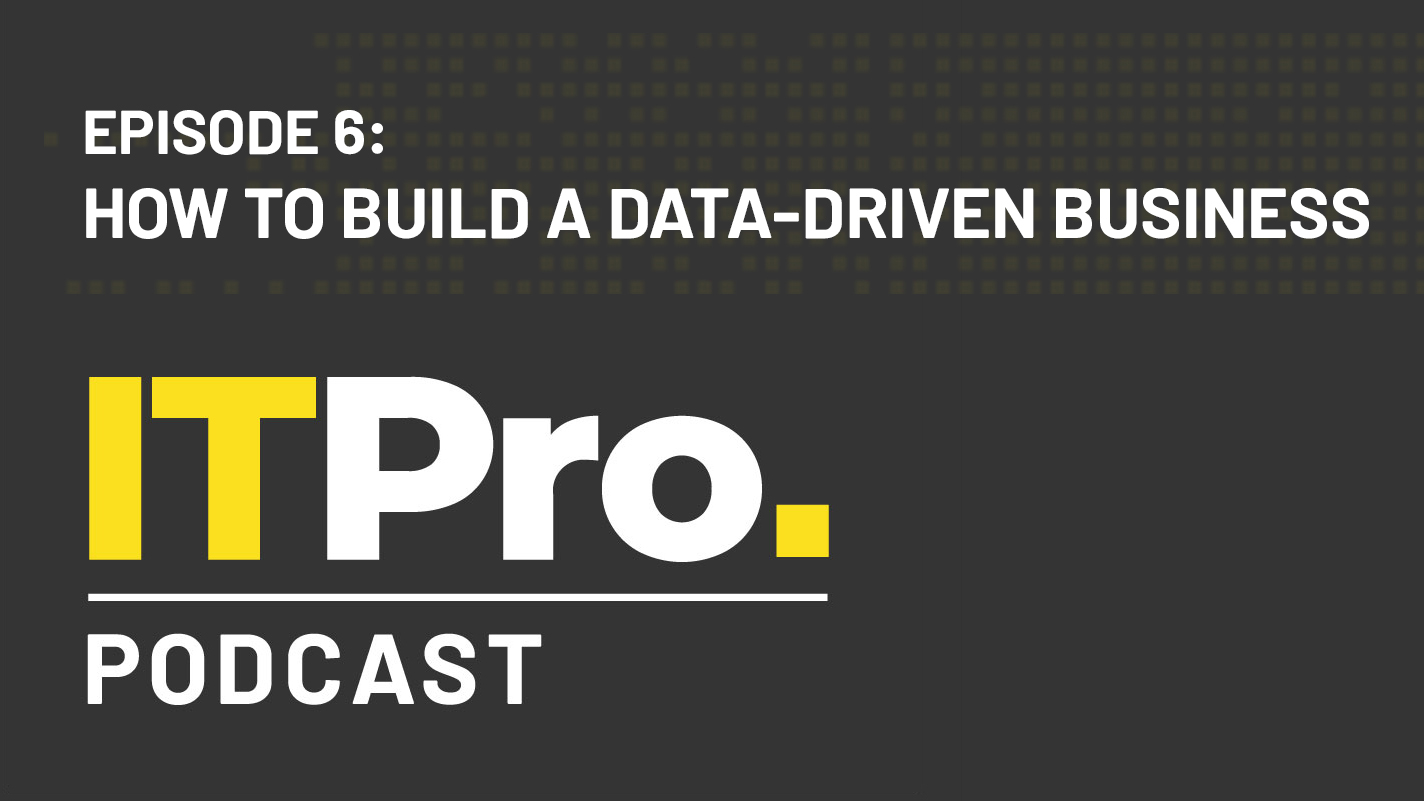
The IT Pro Podcast: How to build a data-driven business
We explore what goes into making an organisation truly data-enabled, and how to avoid the biggest pitfalls
Meanwhile, automotive giant Ford is experimenting with how hyperautomation can enable it to become more agile.
“We have used basic RPA for years, but only to automate existing processes, not to optimise those processes,” explains Seonhi Ro, global data and analytics manager at Ford of Europe. “We’re now investigating how we can use hyperautomation to orchestrate all business process management dashboards, with the aim of creating greater agility. We are also piloting emerging tools for automated AI and machine learning that, if successful, will democratise intelligence across the business.”
Automating the future
While firms are already reaping rewards from hyperautomation, the future promises even more potential. According to Chou, hyperautomation will expand automation use cases available by handling more variable processes, long-running processes, semi-automatable processes and processes involving unstructured data and human judgment. “Hyperautomation will lead to more sustainable, resilient automation by identifying issues and either self-healing or bringing in a person to help,” he says.
Digital twins will be advanced through the technology too. “Leading organisations will be able to combine process and decision models with the situational context of work to control and optimise the execution of that work in real time,” predicts Brian Burke, research vice president for enterprise architecture and technology innovation at Gartner. “This information can be fed into a digital twin of the organisation, which then drives the execution of processes and tasks.”
In the end, hyperautomation will empower forward-thinking companies to rethink how they buy and implement technology. IT will continue to become more of a strategic partner, leading the charge to bring in innovation through technology. “But rather than bear the full brunt of every technology implementation, hyperautomation will enable the business to develop their own capabilities,” says Chou.
While only the most pioneering of organisations will realise hyperautomation’s full promise in the short term, Ford’s Ro says that every company can ready themselves for its use by following a few key steps.
First, she says, organisations need to ensure they have an accessible, secure database. This should comprise real-time data that is clean and organised. They then need an automated machine learning tool which is verified by domain experts to deliver predictive maintenance, all feeding into a digital twin of the business.
“Risk should be understood, and system reliability needs to be proven,” she said.
Ultimately, however, Ro believes that hyperautomation will make our lives much easier. “Success requires firms to put the human at the heart of their hyperautomation efforts,” she says. “Hyperautomation should work with workers, not against them.”
-
 Bigger salaries, more burnout: Is the CISO role in crisis?
Bigger salaries, more burnout: Is the CISO role in crisis?In-depth CISOs are more stressed than ever before – but why is this and what can be done?
By Kate O'Flaherty Published
-
 Cheap cyber crime kits can be bought on the dark web for less than $25
Cheap cyber crime kits can be bought on the dark web for less than $25News Research from NordVPN shows phishing kits are now widely available on the dark web and via messaging apps like Telegram, and are often selling for less than $25.
By Emma Woollacott Published
-
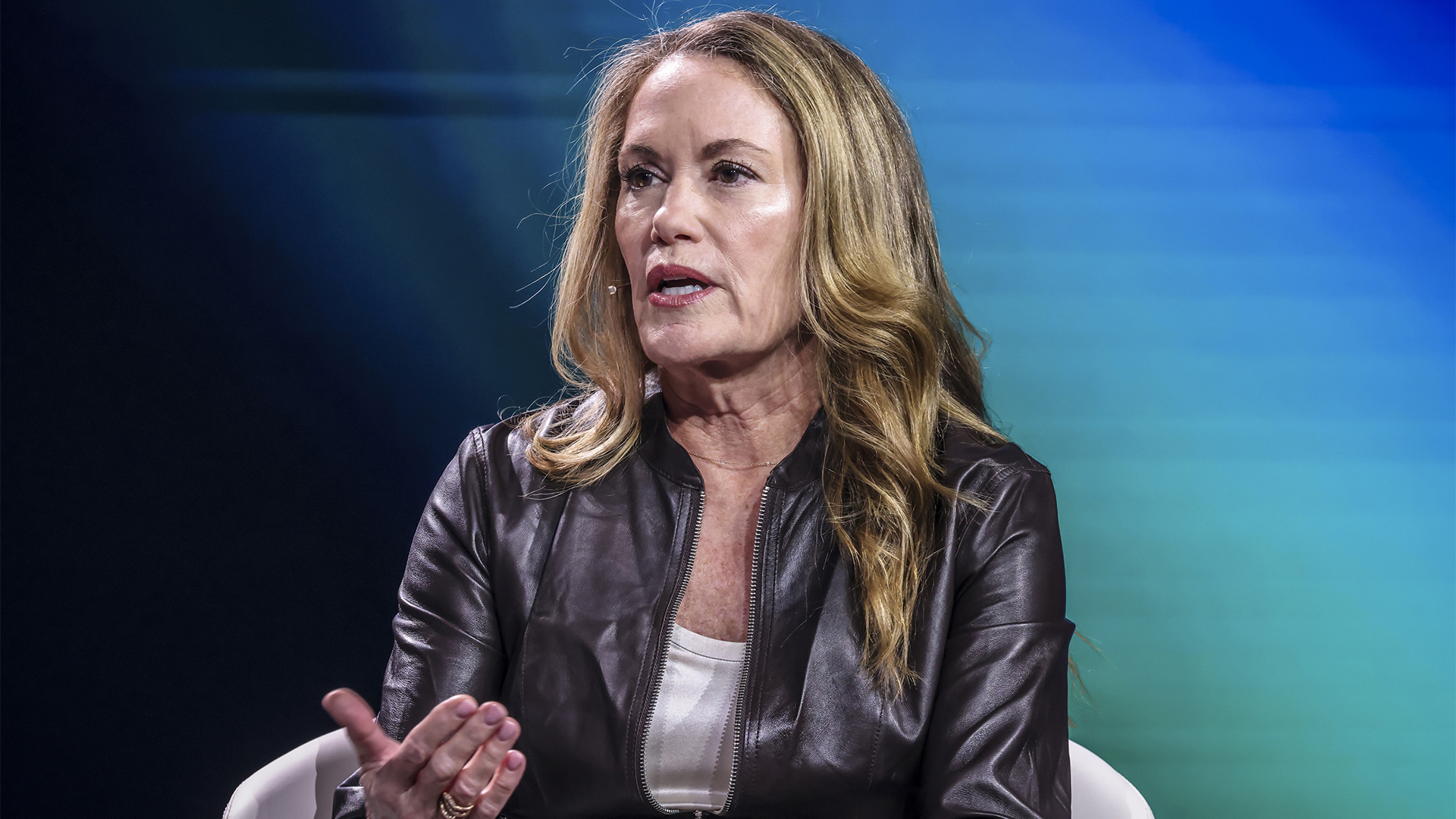 Can robots work safely alongside humans? This one industry leader thinks we're not far away
Can robots work safely alongside humans? This one industry leader thinks we're not far awayNews Humanoid robots and people will be able to work truly side-by-side this year, according to the CEO of one leading robotics company.
By Nicole Kobie Published
-
 Future focus 2025: Technologies, trends, and transformation
Future focus 2025: Technologies, trends, and transformationWhitepaper Actionable insight for IT decision-makers to drive business success today and tomorrow
By ITPro Published
-
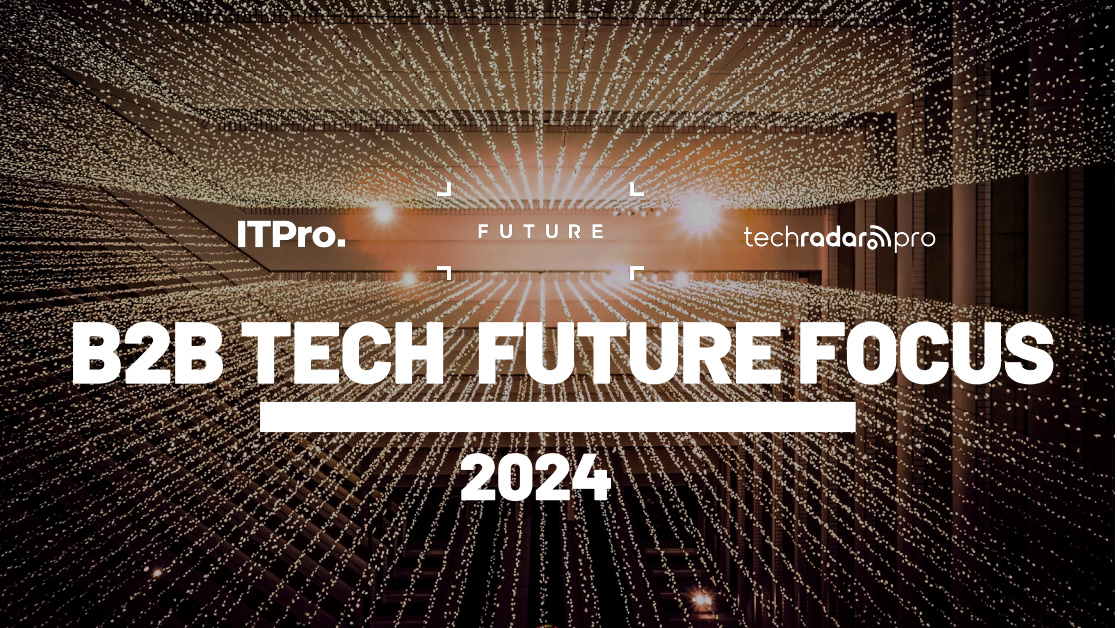 B2B Tech Future Focus - 2024
B2B Tech Future Focus - 2024Whitepaper An annual report bringing to light what matters to IT decision-makers around the world and the future trends likely to dominate 2024
By ITPro Last updated
-
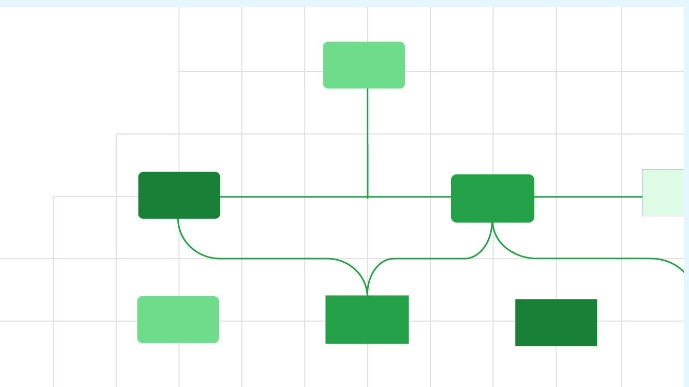 The power of AI & automation: Proactive IT
The power of AI & automation: Proactive ITWhitepaper Automation strategies to dynamically and continuously assure cost-effective application performance
By ITPro Published
-
 Magic Quadrant for enterprise conversational AI platforms
Magic Quadrant for enterprise conversational AI platformsWhitepaper An evaluation of the conversational AI platform (chatbot) market
By ITPro Last updated
-
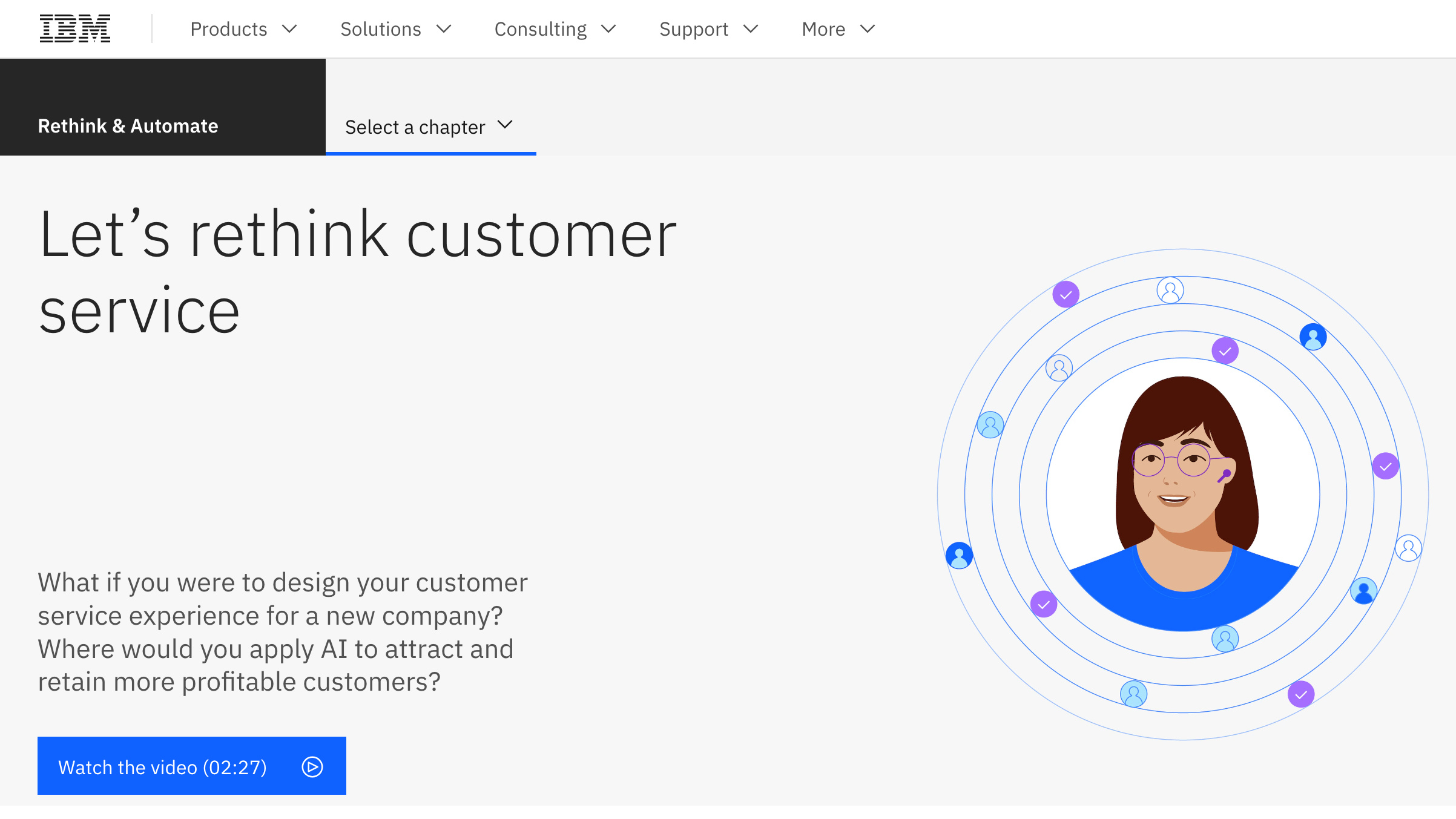 Let's rethink customer service
Let's rethink customer servicewhitepaper Discover new ways to improve your customer service process
By ITPro Published
-
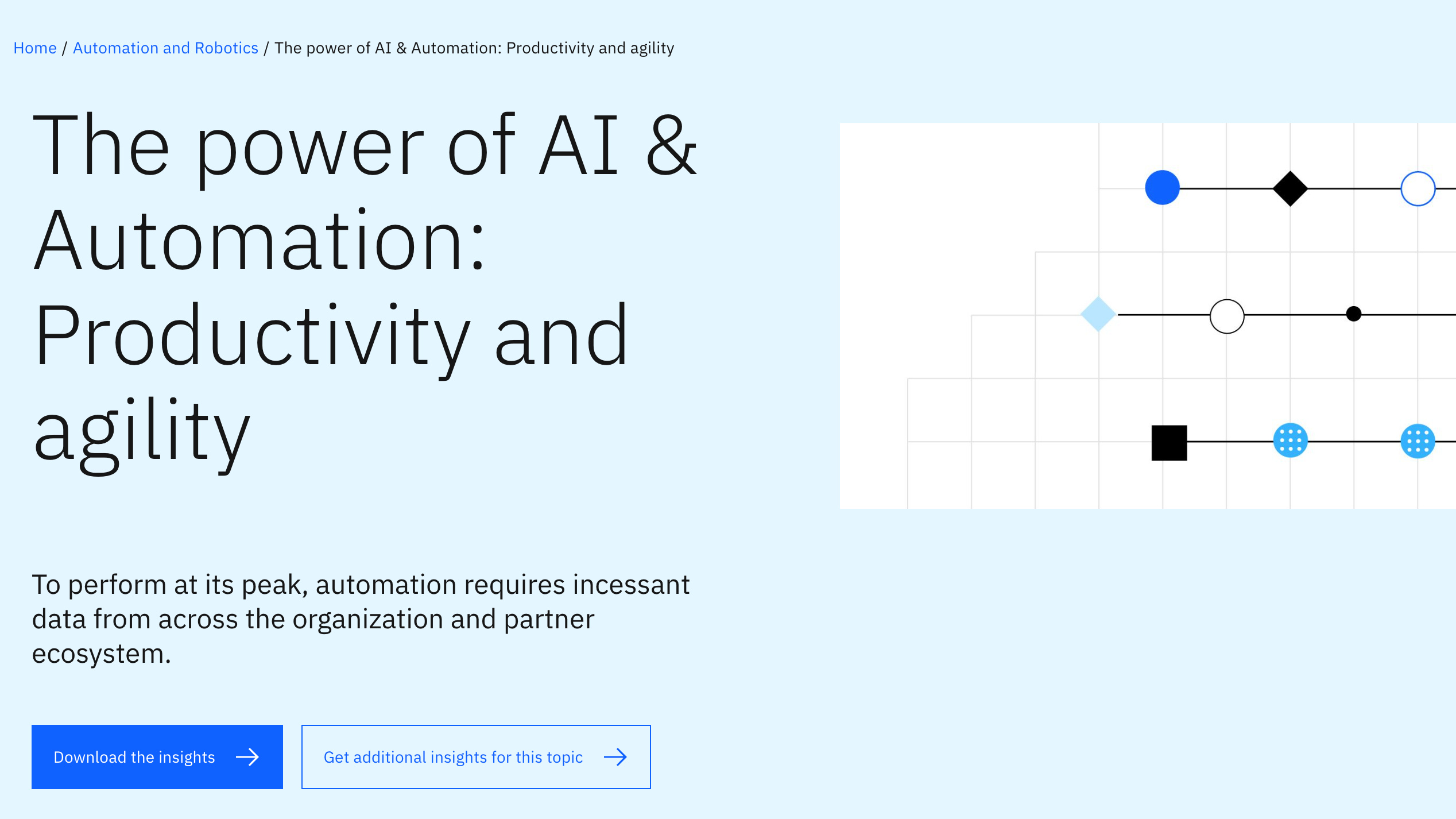 The power of AI & automation: Productivity and agility
The power of AI & automation: Productivity and agilitywhitepaper To perform at its peak, automation requires incessant data from across the organization and partner ecosystem
By ITPro Published
-
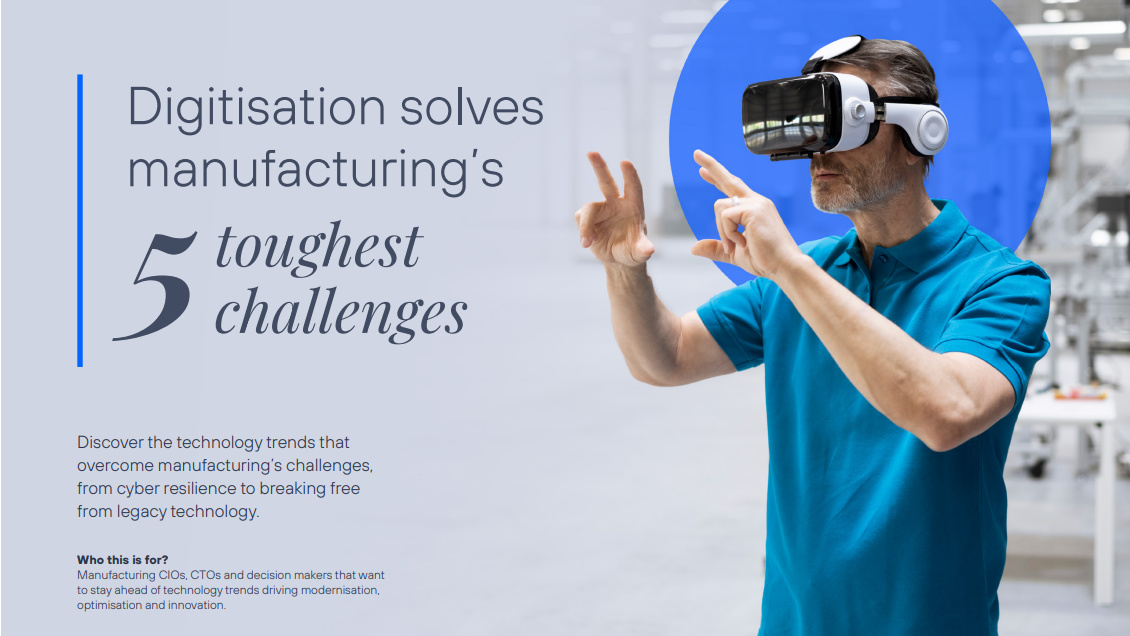 Digitization solves manufacturing’s five toughest challenges
Digitization solves manufacturing’s five toughest challengesWhitepaper Discover the technology trends that overcome manufacturing’s challenges, from cyber resilience to breaking free from legacy technology
By ITPro Published